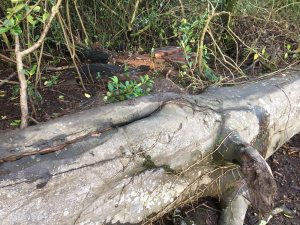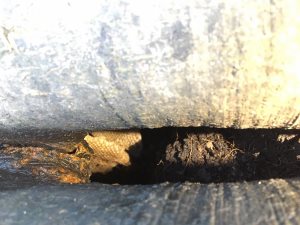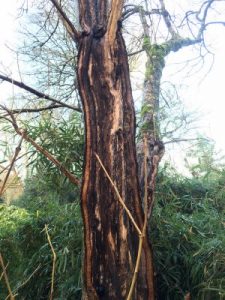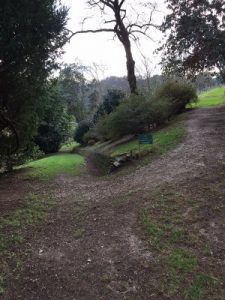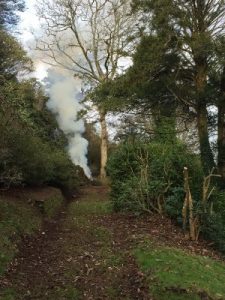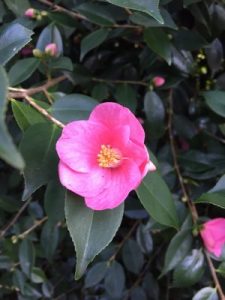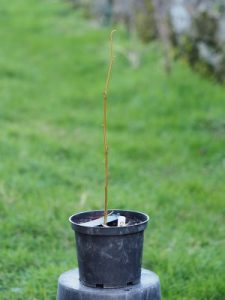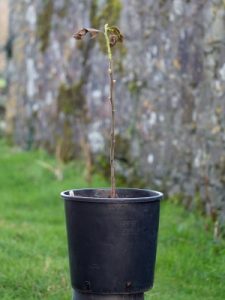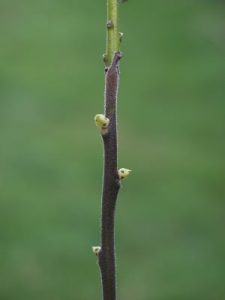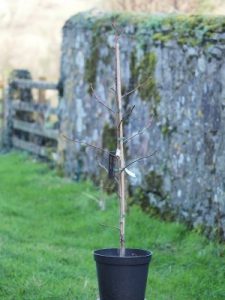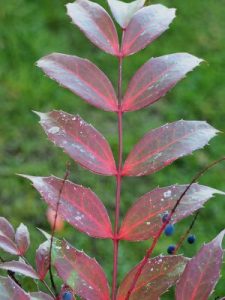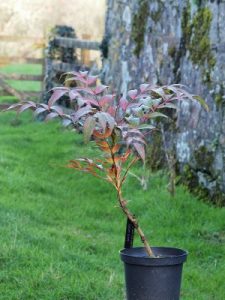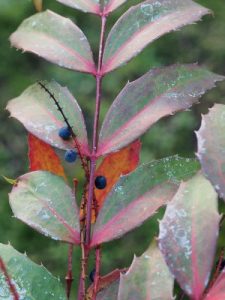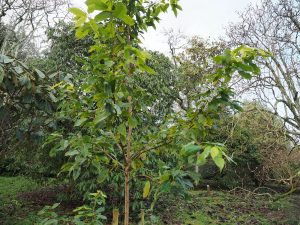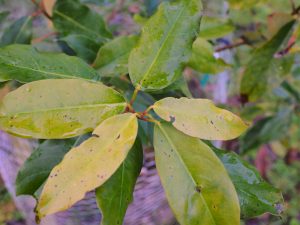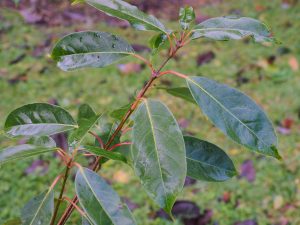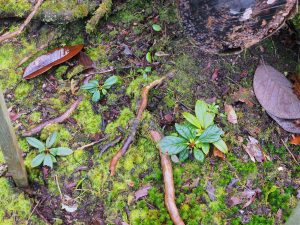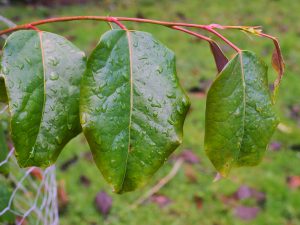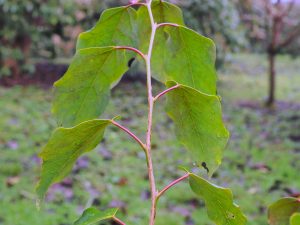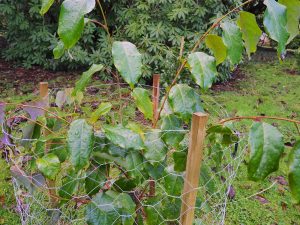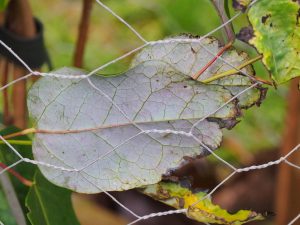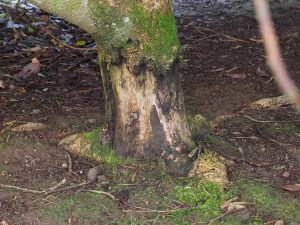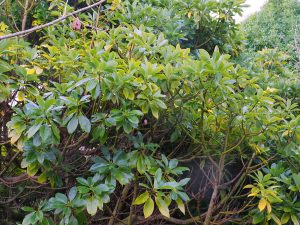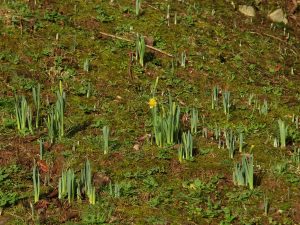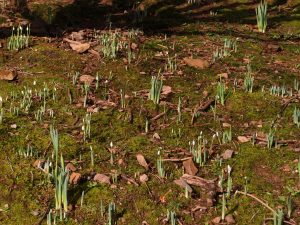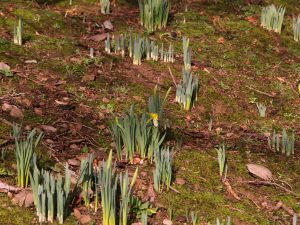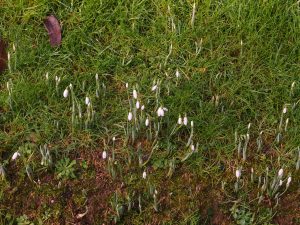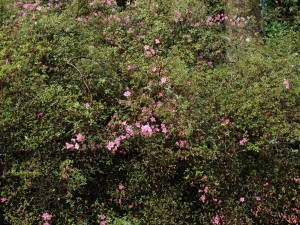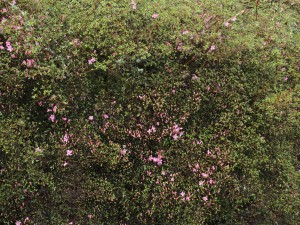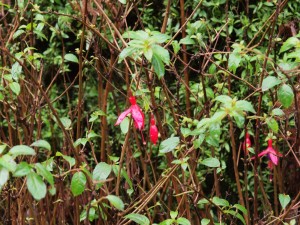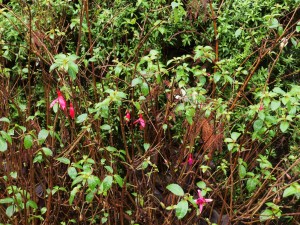2020 – CHW
The new bait in the squirrel traps is showing signs of working immediately! Sunflower seeds are working.
A large tree falls at the Green Gate blocking the drive and making quite a mess. The rotten beech tree had a nest of honey bees in it but they appear to have moved on.
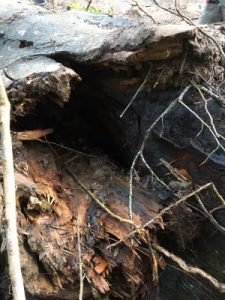
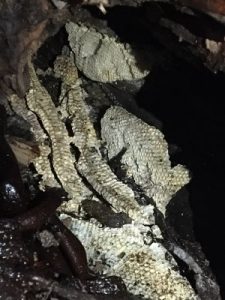
The last bit of leaf blowing up on the garden paths prior to opening in mid February. A few branches had fallen down onto some camellias beside the path below Burns Bank. These have now been pollarded and tidied up.
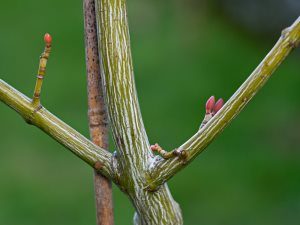
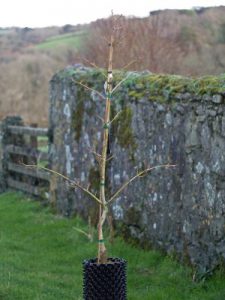
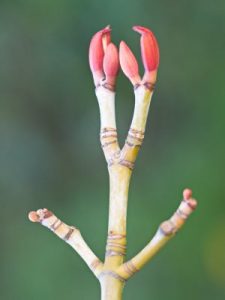
2018 – CHW
Acer albopurpurascens (CWJ 12361) is another new one to us. Clearly evergreen here and not much like an acer in leaf at all. New growth has just hardened off – hopefully enough to survive a cold snap.
First wild daffodil out at the Four in Hand.
1931 – JCW
This varies hardly at all from the last few years, it is really the worst time in all the year, if the H mollis were taken away there would be nothing but Camellia speciosa.
1929 – JCW
Just as in 1923 and very little to be seen, it is cold for planting, the wind has been East for some time.
1924 – JCW
R lutescens the early form is vg and so is mucronulatum at its very best.
1923 – JCW
This follows a late cold and wet summer and not much is moving, but after the Hamamelis mollis and E darleyensis there is not very much else.
1919 – JCW
I saw a plant of Ordus mascula coming up. 10 species of Rhodoⁿ show flower of which Barbatum and moupinense at the best. Cyclamen coum is coming on. Hamamelis mollis has been out for a fortnight.
1912 – JCW
A seedling trumpet (poor) is in flower and 35 blooms of Narcissus clusii are open at once, a good few Soleil D’or open.
1909 – JCW
One third of the daffs show up. Several Camellias, C coum very good, R nobleanum is nice, Ericas good – very. Snowdrops are nice, one trumpet shows colour.
1898 – JCW
40 or 50 Crocus out. Picked several spikes of Iris germanica. Most of the tulips above ground. No sign of Madam de Graaf, about 100 of Engelhart’s seedlings show up.




